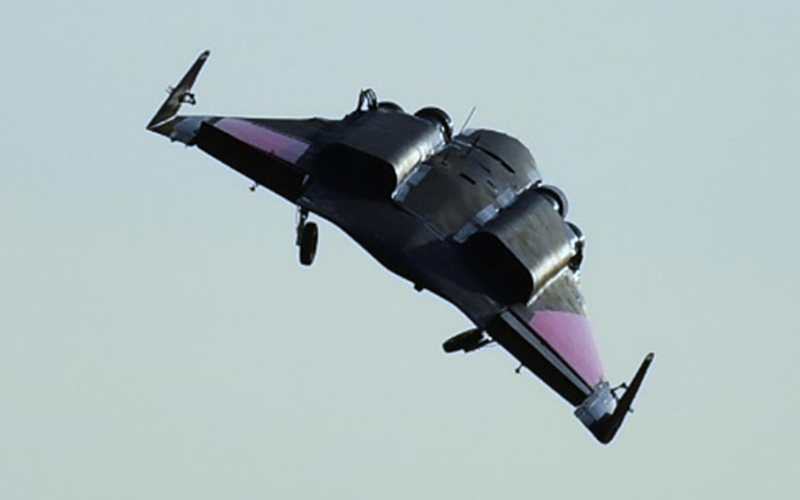
German startup POLARIS Spaceplanes has announced that it is progressing with the construction of its MIRA II and MIRA III spaceplane prototypes after MIRA was damaged earlier this year.
MIRA was a 4.25-metre prototype that was the first to carry POLARIS’ in-house developed AS-1 LOX/kerosene linear aerospike engine. In February, the company successfully completed the vehicle’s first rocket-powered roll test at Lemwerder Airfield near Bremen in Germany. Then, in late February, as POLARIS teams were working towards a maiden rocket-powered flight, an incident during takeoff resulted in a hard landing that damaged the prototype.
In a 30 April update, the company revealed that it had opted not to go ahead with repairing MIRA and would instead move forward with the construction of a pair of larger vehicles.
“We decided to build two new and larger vehicles to include all the lessons learned in the design, as well as to extend the testing capabilities and speed up flight-testing. Building two vehicles at the same time is also a first step towards standardization, which is the foundation for future serial production of larger vehicles.”
MIRA II and MIRA III will be identical 5-metre-long prototypes that will be powered by the company’s AS-1 aerospike engines. The AS-1 engines will be complemented by jet turbines that will be used during the pre- and post-rocket-engine-ignition phases of flight.
The demonstrators’ fiber-reinforced fuselage shells are currently being manufactured for POLARIS by Aachen-based company Up2-Tec. The company expects the shells to be delivered by June. Polaris teams will then complete a four-week assembly and integration period before preparing for a maiden flight.







